“The important thing in ballet is the movement itself, as it is sound which is important in a symphony.” –George Balanchine
Balanchine is to ballet what Sam Phillips is to rock ’n’ roll. Each took the standards of his art form and built upon them, discarding unnecessary conventions and adding new twists and turns as needed. Some audiences applauded the innovations; some were horrified. Like Phillips, who achieved Sun Records’ distinctive sounds by overdriving the electronics, Balanchine created his unique works with the needle of his choreographic VU meter firmly planted in the red.
Balanchine realized his vision by combining classical steps with a modern aesthetic evocative of his adopted New York home. He violated the traditional dance syllabus with his use of turned-in feet and legs, broken wrists, quick-release deep extensions—sometimes slightly off-balance—all performed at the speed of light. The bold, modern and physically demanding style requires technically proficient dancers who can whip through the steps with ease and artistry.
The Details
- From the Calendar
- Nevada Ballet Theatre’s All-Balanchine Program
- February 6, 8 p.m.; February 7, 2 p.m.; $35-$75
- UNLV’s Artemus Ham Hall, 895-2787
- Beyond the Weekly
- Nevada Ballet Theatre
- Las Vegas Philharmonic
- George Balanchine Foundation
All three works on this weekend’s Nevada Ballet Theatre Ham Hall program rely on these elements. It’s a tough assignment, and not every company is up to the task. In fact, Balanchine’s works are in the hands of a controlling trust; a ballet troupe must hit a high level to earn the trust’s permission to perform his material. For companies throughout the world, Balanchine remains the eternal quest, and meeting his choreographic challenges continues to test all comers.
The son of a composer, Balanchine began his artistic studies on the piano, and this musical education heavily influenced his dance creations. Early in his career, he broke away from the traditional story ballets, instead emphasizing the dancers’ relationship with the music. From Bach to Stravinsky, the music in a Balanchine ballet drives the entire machine.
Las Vegas audiences have a special opportunity to see that in action this weekend; the NBT will perform to the music of the Las Vegas Philharmonic, led by associate conductor Richard McGee. The All-Balanchine Program showcases the company premiere of two of Balanchine’s earlier ballets: “Serenade,” a 20th-century classic set to Tchaikovsky’s Serenade for Strings, and “Concerto Barocco,” choreographed to Bach’s Double Violin Concerto in D Minor.
The first ballet Balanchine created in the United States (1934), “Serenade” remains one of the most performed and popular of his works. Using the movement and events found in a typical ballet class, Balanchine is said to have used the ballet to demonstrate to his dancers how technical classroom movements are transformed when they are brought to the stage. With its blue, moonlit motif, the neo-romantic work embodies the affinity of the choreographer with Tchaikovsky.
In contrast to “Serenade”’s lyrical embodiment of its music, “Concerto Barocco” (1941) is a much more literal interpretation of the Bach composition. The brisk music creates a technical and aerobic challenge for the dancers that can leave an audience breathless. A baroque diamond, the work derives its beauty from a strict, orderly adherence to musical form, with steps and patterns mimicking its musical changes. The concerto, one of the best examples of the baroque period and one of Bach’s most famous works, provides two of the orchestra’s violinists with an opportunity to shine. (Film audiences will recognize it from Hannah and Her Sisters and Children of a Lesser God.)
The final work on the program, “Who Cares?,” is a lighthearted romp performed to George Gershwin music. Composed of a number of solos and duets interspersed with a kicky chorus, it gives more dancers than usual a moment in the spotlight. The music is catchy, and once it starts, you will probably recognize at least half of the recorded tunes.
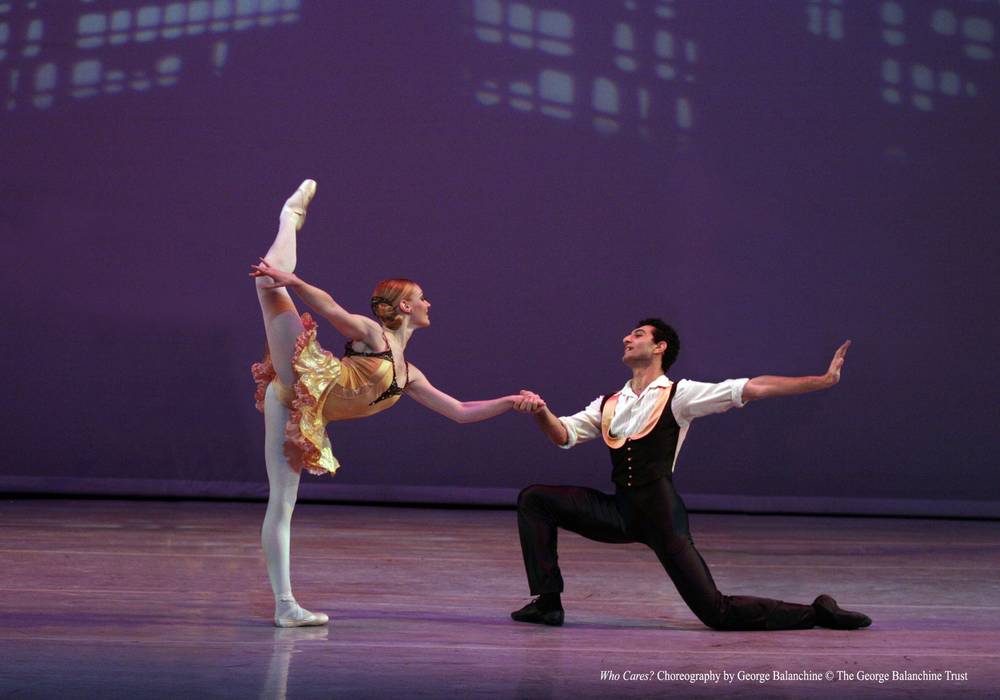
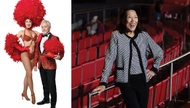


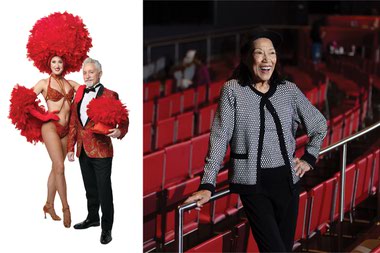
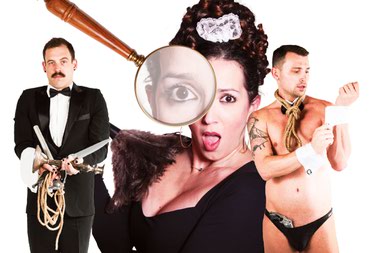
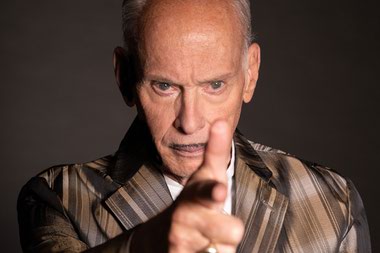
Previous Discussion: